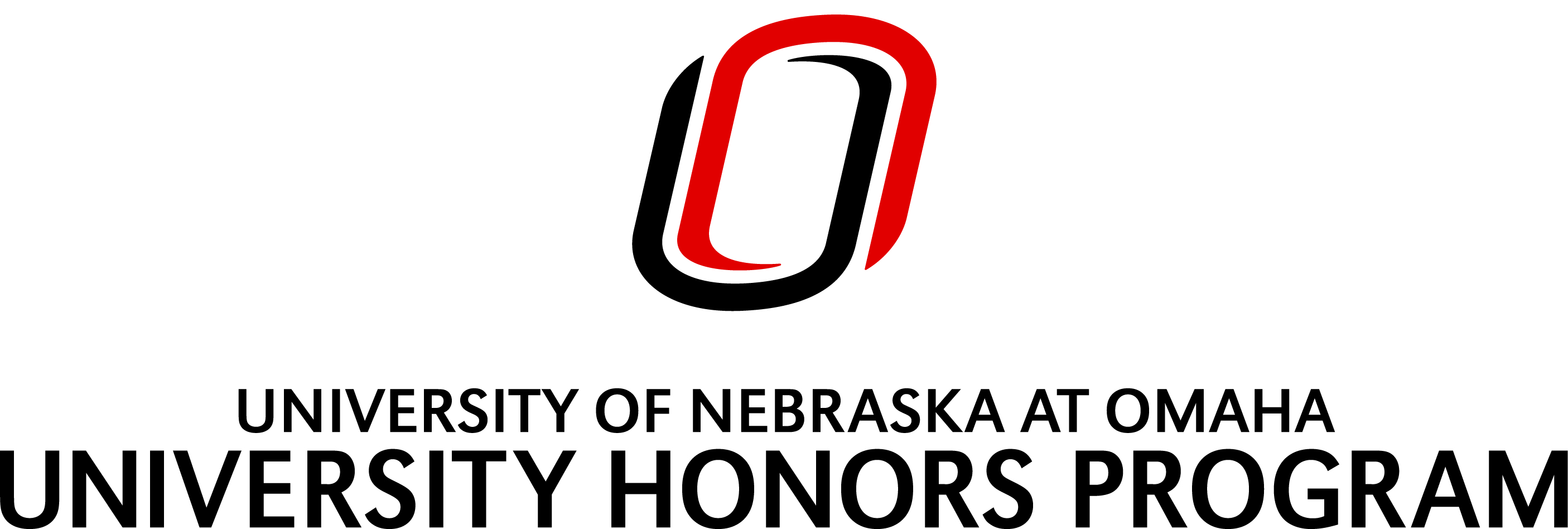Month/Year of Graduation
5-2024
Degree Name
Bachelor of Science in Molecular and Biomedical Biology (BTCHBS)
Department
Biology
First Advisor
Ryan Wong
Abstract
Dopamine is an important neurotransmitter produced through the catecholamine synthesis pathway that affects brain activity. Unregulated dopamine levels can lead to various diseases such as Parkinson’s Disease or attention deficit hyperactivity disorder (ADHD). Optimization of an immunohistochemistry protocol will allow for the quantification of tyrosine hydroxylase antibody, which indirectly allows for dopamine quantification in dopaminergic regions within the brain. However, the antibody concentration to give the optimal signal-to-noise ratio in IHC varies across studies. Through this experiment, I determined the concentration of tyrosine hydroxylase (TyrH) antibody for immunohistochemistry that gave the best signal-to-background noise ratio within several known dopaminergic regions in the zebrafish brain. I tested the following primary antibody concentrations: 1:200, 1:500, 1:750, and 1:1000. While there was a significant difference in signal-to-noise ratio amongst the concentrations as determined by a Friedman’s ANOVA, the Wilcoxon Test failed to yield a significant difference between treatment groups. These findings allow for future experiments on the correlations between neurotransmitters and personality types in zebrafish.
Recommended Citation
Thurber, Madison, "Optimization of tyrosine hydroxylase antibody for immunohistochemistry fluorescence detection in zebrafish (Danio rerio)" (2024). Theses/Capstones/Creative Projects. 207.
https://digitalcommons.unomaha.edu/university_honors_program/207

